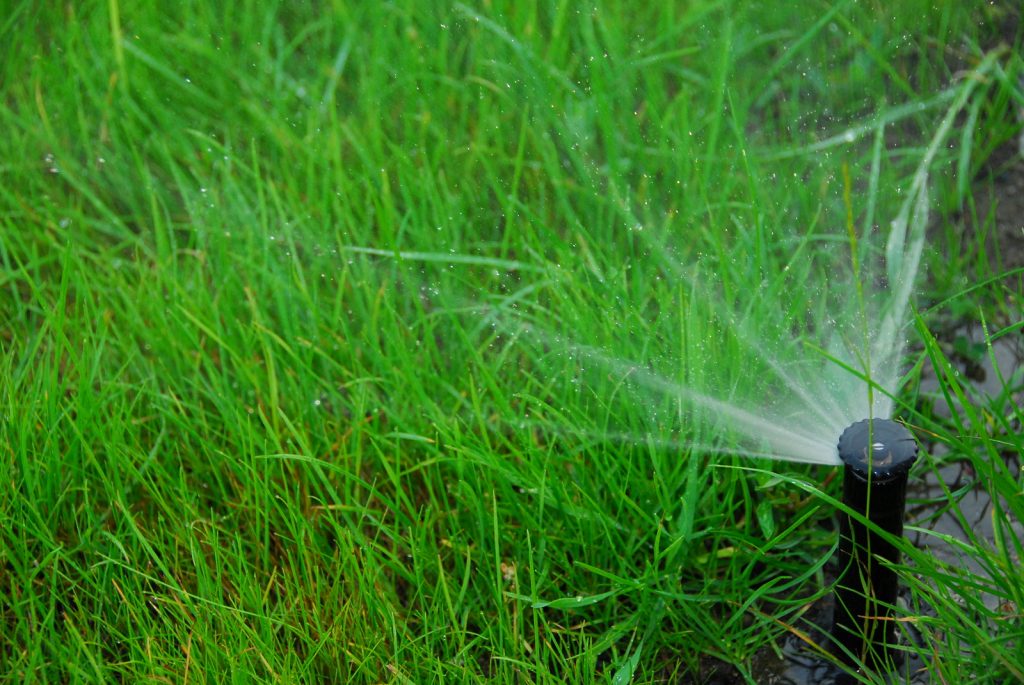
Sub-Heading 1: Understanding the Basics of Lawn Watering
Creating a lush green lawn requires a fundamental understanding of how to water it effectively. Watering your lawn is not just about quenching its thirst; it’s about providing the right amount at the right time. To achieve this, consider factors such as the type of grass, local climate, and soil composition.
Sub-Heading 2: The Importance of Proper Timing
Timing is crucial when it comes to watering your lawn. Early morning is generally the best time to water, as the temperatures are cooler, and there is less risk of water evaporation. Avoid watering in the evening, as prolonged moisture on the grass overnight can lead to fungal diseases. Consistent watering in the morning allows the grass to absorb the moisture it needs to thrive.
Sub-Heading 3: Deep and Infrequent Watering
Instead of frequent, shallow watering, opt for a deep and infrequent watering schedule. This encourages the roots to grow deeper into the soil, making your lawn more resilient to drought conditions. Aim for about 1 to 1.5 inches of water per week, either from rainfall or irrigation. This method promotes healthier and more robust grass growth.
Sub-Heading 4: Utilizing Proper Irrigation Techniques
Investing in the right irrigation system can significantly impact the effectiveness of watering your lawn. Drip irrigation and soaker hoses are efficient methods that deliver water directly to the roots, minimizing water wastage. Adjust the irrigation schedule based on weather conditions, ensuring your lawn receives adequate hydration without unnecessary runoff.
Sub-Heading 5: Factors Affecting Water Absorption
Understanding the factors that affect water absorption is key to optimizing your lawn watering routine. Compacted soil, thatch buildup, and uneven terrain can hinder water penetration. Aerate your lawn periodically to alleviate soil compaction and promote better water absorption. Removing excess thatch also ensures water reaches the soil instead of sitting on the surface.
Sub-Heading 6: Adjusting for Seasonal Variations
Adapting your lawn watering practices to seasonal changes is essential. During hotter summer months, your lawn may require more frequent watering, while in cooler seasons, you can reduce the frequency. Keep a close eye on weather patterns and adjust your watering schedule accordingly, ensuring your lawn receives the appropriate amount of moisture throughout the year.
Sub-Heading 7: Conserving Water with Smart Practices
Water conservation is a critical aspect of responsible lawn care. Collect rainwater in barrels and use it for irrigation. Group plants with similar water requirements together to avoid overwatering some areas. Implementing smart practices not only helps in water conservation but also contributes to the overall health of your lawn.
Sub-Heading 8: Monitoring Soil Moisture Levels
Regularly monitor the moisture levels in your soil to fine-tune your watering routine. Use a soil moisture meter or simply perform a manual inspection by digging a small hole. Adjust your watering frequency based on the actual needs of your lawn, preventing both underwatering and overwatering scenarios.
Sub-Heading 9: The Role of Grass Type in Watering Needs
Different grass types have varying water requirements. Warm-season grasses, such as Bermuda and Zoysia, thrive in hot climates and require more water. Cool-season grasses like Kentucky Bluegrass and Fescue are more adaptable to cooler temperatures. Understand the type of grass in your lawn and tailor your watering practices to suit its specific needs.
Sub-Heading 10: Conclusion – Watering Your Lawn Effectively for a Greener Tomorrow
In conclusion, mastering the art of watering your lawn effectively involves a combination of proper timing, irrigation techniques, and an understanding of your lawn’s unique needs. By adopting responsible watering practices, you not only ensure a lush green oasis but also contribute to water conservation efforts. Remember, a well-nourished lawn is not just visually appealing but also environmentally friendly.
For more tips on responsible lawn care, visit Water Your Lawn Effectively.
